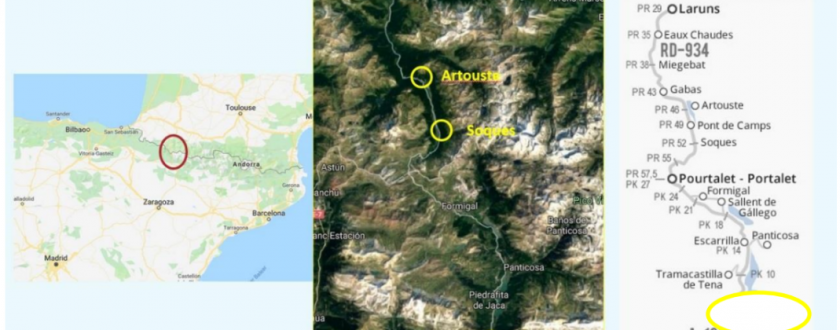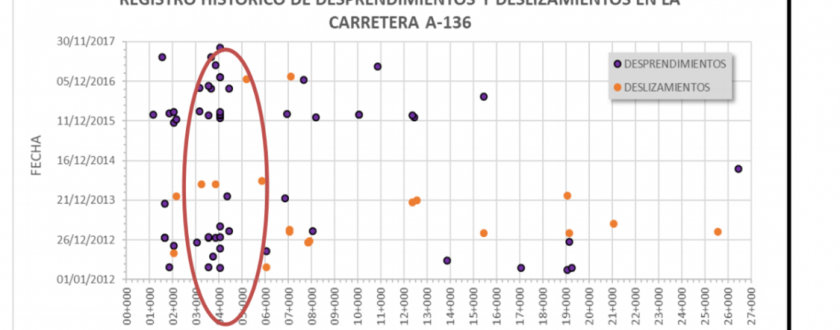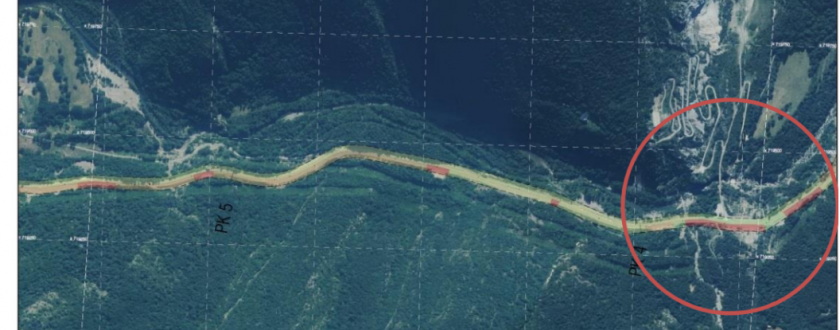Phusicos - nature-based measures against mountain area climate and natural hazards
Description of the case study
The case study consists of applying nature-based measures to reduce natural hazards linked to climate change in the Tena valley’s unstable moraine deposit (Aragon). This pilot case is being developed within the context of the H2020 Phusicos project’s WP2.
Its goal is to address local communities in this vulnerable mountain enclave to involve the community in a dialogue and co-design process on strategies, financing schemes, monitoring systems, services, and policies related to nature-based measures as a resilient option for facing natural hazards exacerbated by climate change. The Santa Elena pilot case is joined by 2 other pilot cases in Nouvelle-Aquitaine, where living labs and participatory workshops are being carried out as part of an integrated co-design process for nature-based measures.
The main challenge of this pilot case is co-designing and implementing nature-based solutions for a moraine deposit where landslides are increasingly frequent, in part because of climate change, taking into account:
» The need to implement nature-based and not exclusively grey solutions.
» The importance of integrating opinions so acceptance by all regional stakeholders is ensured.
» The integration of a system to monitor the effect of the solution implemented.
» The measure’s necessary positive impact in ecological terms (post-action soil biodiversity and quality indicators).
» Achieving appropriate levels of measure efficiency and efficacy.
The key challenge is implementing nature-based solutions that are efficient at facing a challenge that is intensifying in part because of climate change.
The main objective is to apply nature-based solutions, in this case terracing with local materials complemented with revegetation actions with native species that are appropriate for the type of substrate and the location's climate conditions. The solution must meet the high standards of low-impact topsoil and proper acceptance among the stakeholders involved, while also achieving optimal levels of efficacy and effectiveness in the stabilisation of a moraine slope that is causing an increasing number of effects on a key point of one of the Pyrenees region’s most important cross-border roads.
The action is still in development. To date, significant progress has been made in measure co-creation with the main stakeholders involved in the region:
» The Government of Aragon. Roadway Service and Department of the Environment
» The Municipal Council of Biescas.
» The Region of Alto Gállego
» The Civil Guard police force
» Conservationist and neighbourhood associations.
The next steps are:
1. Implementing the pre- and post-intervention soil quality monitoring model.
2. Creating an “ad hoc” Digital Terrain Model that allows the solutions to be properly positioned for later work redesign, as well as the use of said DTMs for modelling.
3. Assessing the study of alternative improvements to be implemented in Santa Elena.
4. Drafting the Execution Project through a public tender that includes all of the problems and conditions of the area of action to provide the best solution for these types of actions.
Case study developed and implemented as a climate change adaptation measure.
CTP, AECT Espacio PORTALET, NGI, CREAF
Additional Information
» Design: IGN, CTP, CREAF, Espacio Portalet.
» Execution: CTP, Espacio Portalet, CREAF.
» Best practice/measure evaluation: CREAF, IGN, and in general terms, the entire H2020 Phusicos project consortium.
» Participation and co-creation are two fundamental pillars of the entire Phusicos project.
» Contacts with local authorities and regional organisations with influence in this area: bilateral meetings and plenary presentations.
» Defining assessment criteria for the measures to implement: a panel of experts from the consortium and Delphi method.
» Selecting monitoring indicators (efficiency, efficacy, and quality): expert panel and tool box.
» Co-design and selection process for the measures to implement: living lab or guided participatory workshops.
Among the success factors, of particular note are:
» Solid financial support from the H2020 European Programme
» Relationships with local entities involved managed by a well-known local intermediary stakeholder
» Accepted solutions with low environmental impact.
The co-creation process ensures high levels of local stakeholder and public involvement and awareness.
Some limiting factors:
» The need for local entities to be financially involved in the execution of the solutions to be implemented.
» Participatory processes require major resource investment.
» Many decisions ultimately depend on the local administration, and it feels like starting over when there are municipal elections.
It is sometimes necessary to complement the NBS with grey support measures (until vegetation is stabilised)
Not quantitatively. Qualitatively, and above all in the long-term, these measures are generally more efficient and have a cost-benefit ratio that is higher than grey and infrastructural measures.
Issues concerning public contracting of third-party services to execute work of this kind can be a long and laborious process.
This action does not fall explicitly within the framework of any road map or strategic document, but its location was identified as critical or key by the Directorate General of Aragon in terms of the viability of Aragon's regional roads. In this sense, the best practice is aligned with the targets for road safety and improving mountain roads.
05/01/2018 - 4/30/2022 (4 years - in progress)
Reference information
PYRENEAN CLIMATE CHANGE OBSERVATORY
Avenida Nuestra Señora de la Victoria, 8
22.700 - Jaca
Huesca - España
+34 974 36 31 00
info_opcc@ctp.org







